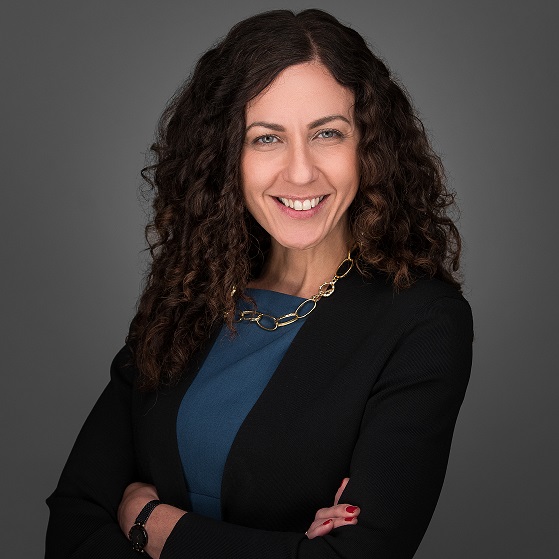Galit Lahav, 2006

Who she is
Galit Lahav, Professor of Systems Biology and Chair of the Department of Systems Biology, received her PhD in 2001 from the Technion, Israel Institute of Technology. In 2003, she completed her postdoctoral fellowship at the Weizmann Institute of Science in Israel. She then spent a year at Harvard’s Bauer Center for Genomics Research, and in the fall of 2004, she joined the Department of Systems Biology at Harvard Medical School.
What she does
Professor Lahav is a pioneer in the study of the dynamics of signaling networks in human cells. Her work has shown that signaling proteins such as p53, the “guardian of the genome”, convey information, in part, through stereotyped patterns of increases and decreases in protein levels. Her lab studies cellular decision-making in individual cancer and healthy cells and why cells vary so dramatically in their response to specific drugs.
Lahav has been recognized for her excellence in both research and teaching through several awards and honors including the Richard and Susan Smith Family Foundation Prize for Outstanding Scientific Contributions, the Vilcek Prize for Creative Promise in Biomedical Science and an Excellence in Mentoring award from Harvard Medical School. She is also highly committed to furthering the advancement of women in science.
News from the Lab
The Lahav lab has pioneered live-imaging approaches together with mathematical and computational analysis to study the dynamics and function of fundamental signaling networks in individual human cells. Her lab has quantified the dynamics of the tumor suppressor protein p53 in individual living cells and revealed large heterogeneity between cells, which was previously masked by population averaged assays.
These single cell tools allowed them to identify a novel mechanism by which information is transferred in cells. They determined that different inputs trigger different dynamical patterns of p53 and that the dynamics of p53 affect gene expression and cell fate. p53 is a transcription factor that directs the expression of many downstream targets. By developing a system of reporters that track the production of downstream targets such as p21, the lab has been able to measure how these dynamical patterns affect the expression of p53’s target proteins. Excitingly, the lab has also shown that p53 dynamics are different in different tissues of the body, and that modifying p53 dynamics could change the sensitivity of different tissues to radiation damage (for example, in cancer treatment).
Beyond the p53 network, the lab has developed tools to quantify DNA double strand breaks and mechanisms of repair in single living cells. DNA damage activates p53, which can lead to multiple outcomes, including a pause in the cell cycle to repair the damage, or cell death. If cells escape both mechanisms, they could become cancerous. The lab recently discovered a new pattern of p53 dynamics in cells that escape p53-mediated arrest and divide despite the DNA damage, potentially representing a backup plan to prevent the damaged cells from continuing to multiply.


